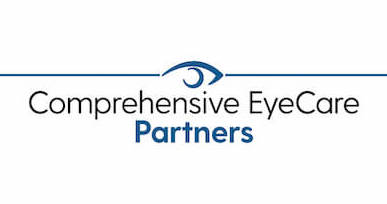When cataracts get to a point that they begin to affect your daily life, it’s time to have cataract surgery. Without cataract surgery, completing activities like reading, driving, or watching TV becomes very difficult.
At Shepherd Eye Center, our cataract surgeons are pleased to offer our patients traditional cataract surgery done with ultrasound and laser-assisted cataract surgery with or without the ORA system. Laser-assisted cataract surgery performed with the ORA system combines state-of-the-art technologies that increase the accuracy of the procedure.
This leads to better visual outcomes for our patients.
What is ORA Technology?

The ORA (Optiwave Refractive Analysis) system is attached to the microscope after cataract removal. Once the cloudy, natural lens is removed during laser-assisted cataract surgery, the ORA system directs a low-intensity laser light beam into the eye.
It then analyzes and maps out your entire eye. This provides your surgeon with accurate measurements of your eye in real-time.
Having this information allows your surgeon to customize your procedure for the best visual outcomes. The ORA system enables ophthalmologists to select, confirm, and place an IOL.
With exact IOL placement, patients can enjoy crisp and clear vision.
Is ORA Technology Necessary for Laser-Assisted Cataract Surgery?
The ORA system isn’t necessary for laser-assisted cataract surgery. Using this technology enhances the procedure.
The combination of laser-assisted cataract surgery and the ORA system provides superior vision after laser cataract surgery.
Are There Any Benefits of Using ORA Technology?
There are various benefits of ORA-guided cataract surgery, including:
ORA Optimizes Laser Cataract Surgery
The ORA analysis can be used to optimize laser-assisted cataract surgery by guiding lens placement.
ORA Technology Allows Surgeons to Adjust the Power of the Lens
ORA results are delivered in real-time. This allows your surgeon to adjust on the spot, like fine-tuning the power of the lens or its placement for the best results.
ORA Improves the Accuracy of Correction for Astigmatism
If you have astigmatism, ORA technology can improve the accuracy of the correction. This helps reduce the chances you’ll need glasses after having laser-assisted cataract surgery.
ORA Can Help Patients Get More Accurate IOL Measurements
ORA can help any eye patient get more accurate intraocular lens measurements. This is even possible if they’ve had previous procedures that altered structures of the eye before laser cataract surgery.
ORA Reduces the Need for Follow-up Procedures

The ORA system reduces the need for follow-up surgeries. For patients, this means less time spent recovering and more time enjoying clear vision!
Does Laser-Assisted Cataract Surgery with the ORA System Take Longer?
Laser-assisted cataract surgery with ORA technology can take slightly longer compared to performing the procedure without it. But most patients don’t mind a couple of extra minutes for more precise, sharper vision.
Are There Any Risks?
The ORA system does not increase or decrease cataract surgery risks. Still, the procedure should only be performed by an experienced, qualified eye surgeon who understands the technology.
Your vision is precious and irreplaceable. That is why the eye doctors at Shepherd Eye Center use state-of-the-art technology to achieve the most precision and second-to-none vision.
With an ORA-guided laser-assisted cataract procedure, you can get back to living a life with much better, higher quality vision. To learn more about ORA-guided cataract surgery, schedule an appointment at Shepherd Eye Center!


